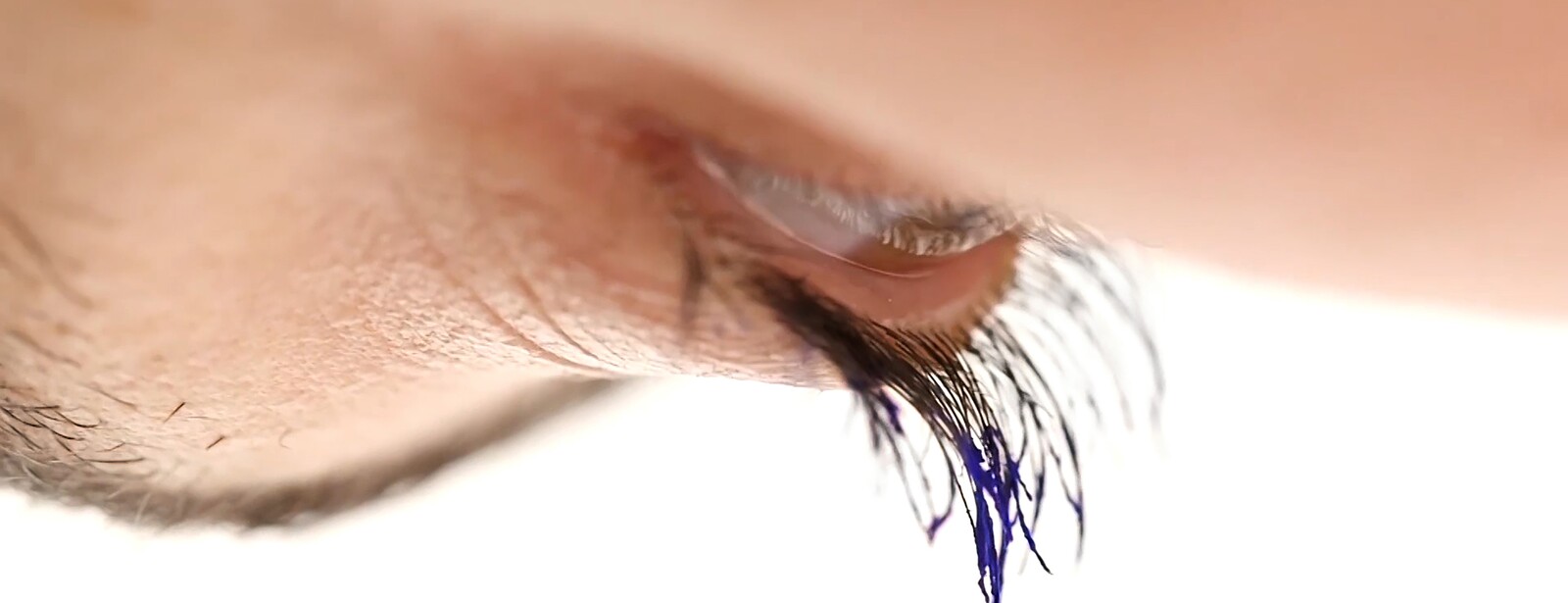March 21–June 16, 2019
Between March and June 2019, Sesc Avenida Paulista, a recently inaugurated unit of the Sesc São Paulo network, will host the show O Tempo Mata: Imagem em Movimento na Julia Stoschek Collection [Time Kills: Moving Image from the Julia Stoschek Collection]. This group exhibition organized on the basis of an international collection put together by German collector Julia Stoschek is systematically and specially dedicated to what is conventionally called time-based art, expressed through mediatic and performative practices. This show, held through an institutional partnership between Sesc and the Julia Stoschek Foundation, will provide the public with a sampling of the cutting-edge production in the contemporary field of audiovisual art.
Curated by Rodrigo Moura—a Brazilian curator whose track record includes curating positions at Instituto Inhotim and, currently, as adjunct curator at MASP—the exhibition features a selection of works from the collection by 17 artists, dedicated to film and video, displayed in various ways according to the nature of each work—from recordings of performances to essays on representation. Covering a timeframe spanning from the early 1970s until today, the featured artworks deal with urgent contemporary issues: race, visual culture, gender identity, the maelstrom of images in the communication media, and the role of artists in society.
In keeping with the nature of the collection, the exhibition takes a didactic approach to its theme, currently called time-based media art, spotlighting explorations by artists into the elasticity of different media and the borders between them, subverting the notions of time and space. The curatorial slice thus brings together various generations of artists and conceptual and poetic approaches in this production, featuring works selected especially for the Brazilian context and suited to the spaces of the Sesc unit. The roster of artists includes names fundamental to the history of video art and film production, such as Eleanor Antin, Lutz Bacher, Monica Bonvicini, Douglas Gordon, Abramović and Ulay, Hannah Wilke and Chris Burden. These are mixed with names essential to contemporary debate in the art scene: Arthur Jafa, Cyprien Gaillard, Hito Steyerl, Rachel Rose and Ryan Gander. For their part, the iconic artist duo Fischli & Weiss is reaching a new scale in their work with street displays with the artwork Büsi [Kitty] projected on the building’s façade. The show also includes a screening of videos and films by the renowned artists Barbara Hammer, Charles Atlas, Dan Graham and Jack Smith.
Through the sociocultural themes present in the artworks, the curatorship sheds light on two conceptual axes used to structure the exhibition: self-representation (with its strategies of self-portrait and the fictionalization of life) and appropriation through the collection and montage of images from other sources. By taking time as a leitmotiv, the mediation proposed by the curatorship also influenced the way the exhibition was conceived and set up, relating and contrasting different artistic formats, durations, media, architectures, themes and origins. All the artworks, however, emphasize the universally relentless nature of time, an essential factor for understanding today’s complex art.
Based in Düsseldorf and also with a space in Berlin, the Julia Stoschek Collection possesses 85 artworks by 255 artists worldwide. The private institution concentrates its efforts on raising public awareness about these artworks, presenting them in exhibitions, fostering further artistic production, conserving the artworks, and encouraging research in the areas of mediatic and performance art. It also maintains, as a historical baseline, the experimental productions of the 1960s and ’70s, in a wide range of mediums—films and videos in various formats, single channel and multichannel installations, multimedia installations, performances and their recordings, sound art and virtual reality, all with the idea of duration as a primary dimension. With its technological convergence and interdisciplinary approach, the collection is thus unique for its vast heterogeneity.
Visiting hours:
Tuesdays to Saturdays 10am to 9:30pm
Sundays 10am to 6:30pm

